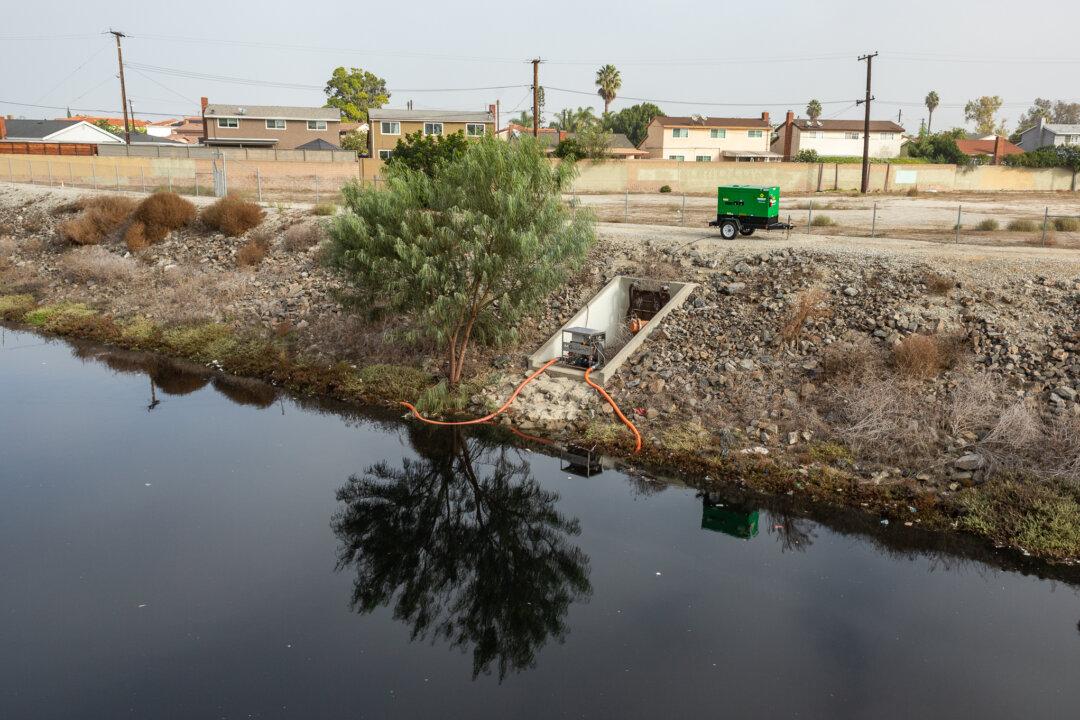With mounting reports warning the earth’s water supply is being tainted with hazardous human-made “forever chemicals”—known as PFAS–University of California—chemists at Los Angeles (UCLA) and Northwestern University in Illinois have found a cheap, effective solution to an issue that may pose a global threat to human health.
PFAS, or per-and polyfluoroalkyl substances, are chemicals able to last thousands of years and are known to be “extremely difficult” to eradicate. They are found in nearly the entire earth’s water supply, rendering even rainwater unsafe to drink, according to an Aug. 18 statement from UCLA. The chemical has also been linked to cancer and other diseases, the school states.




